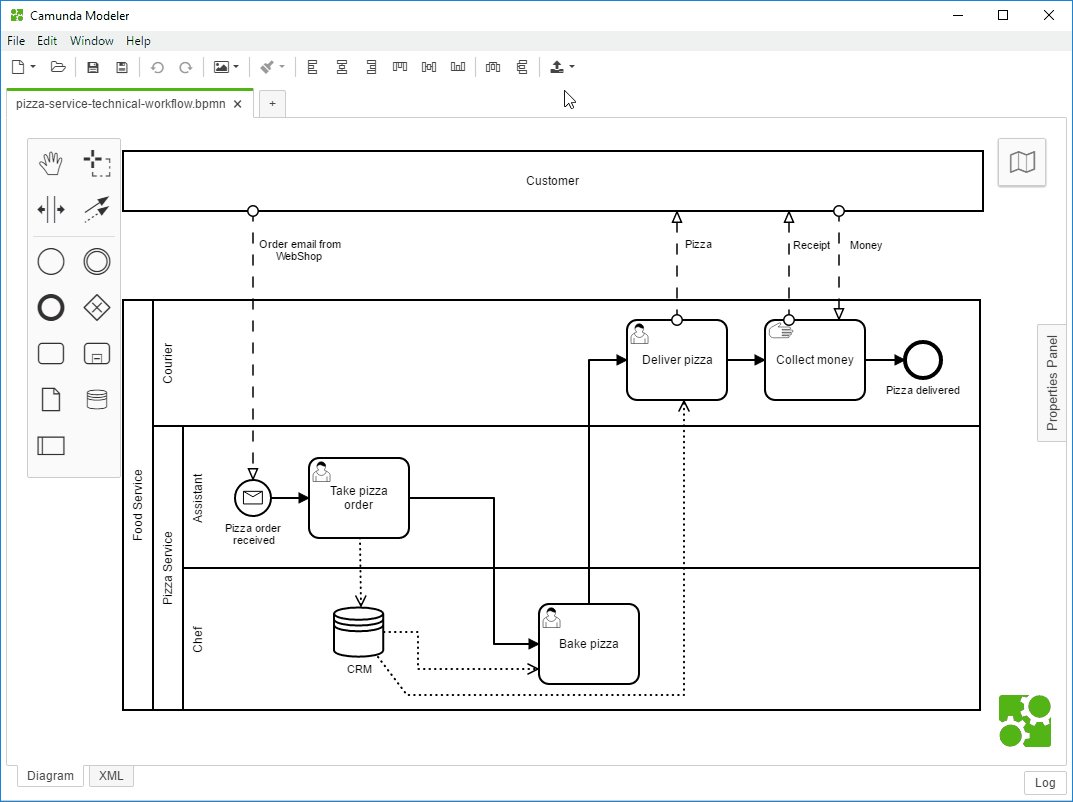

Unsetting GITHUB_USERNAME and restarting myapp. On Heroku, you use config vars: $ heroku config:set GITHUB_USERNAME=joesmithĪdding config vars and restarting myapp. On a traditional host or working locally, you can set environment vars in your bashrc. This is an error-prone process, and is especially complicated for open source apps, which often have to maintain separate (and private) branches with app-specific configurations.Ī better solution is to use environment variables, and keep the keys out of the code. The traditional approach for handling such config vars is to put them under source (in a properties file of some sort). Developers may share one S3 account, while the staging and production sites each have their own keys.

One example would be credentials for an external service, such as Amazon S3. An open source app may have hundreds or thousands of deployments.Īlthough all running the same code, each of these deploys have environment-specific configurations. All of this requires no interaction on your part, freeing you up to focus on developing your app code.Ī given codebase may have numerous deployments: a production site, a staging site, and any number of local environments maintained by each developer. As an additional measure toward stability, each dyno is restarted once every 24 hours. While 10,000 hours of uptime on a hard drive might sound like a long time, if you’re running 10,000 hard drives, that’s one failure per hour.īecause of this, Heroku advocates building stateless web apps. Luckily, when this is detected, dynos will be automatically stopped and restarted. Because Heroku manages such a staggering array of dynos, it is inevitable that performance of an underlying server may slow to a halt or a hardware failure will occur.
HEROKU FILE STORAGE CODE
When you send your code to Heroku it is compiled into a format known internally as a “slug” that can then be quickly run on any of the available dynos. This uniformity allows Heroku to easily manage the thousands of applications on the platform. Now that you know what happens when a request goes through, what happens if something hangs in your application? Does Heroku just keep thousands of dead requests alive?īefore your application code is paired with a dyno, the dynos are all identical. The best part about this is that the routers are completely transparent to the outside world. Once your code has completed processing the request and a response has been returned, the router will pass the response back to the end user. This is where your application steps in and handles the request, doing whatever you programmed it to do. Once found, it fires the request at your code and awaits a response. With this information, the request is sent to the Heroku routers.Įvery time a router receives a request, it carries out a lookup on the URL being requested and determines the location of your application code. They see you’ve pointed your address at Heroku either using an A record or a CNAME. Then a DNS query is made to your provider. When a user wants to visit your site, he types the URL into the address bar and hits Enter.
So what exactly does it look like when a request comes in from a user on a web browser? Therefore, the routers have a lot to keep track of. Lastly, it stores the current location of your application on the platform at the current time. In its memory, it is aware of every single application currently deployed to the platform and the external URLs that each of these applications should respond to (including the *. URLs, legacy *. URLs, and any custom domains that you may have added).
HEROKU FILE STORAGE SOFTWARE
The Heroku router is a piece of software (written using Erlang, called Hermes), which acts as a gateway between your users and the dynos that are running your code. There are thousands of applications running on Heroku, and maintaining a persistent location for an application within the platform is an approach fraught with danger. When a user types your application’s URL into a browser or tries to make a request to it via an API (and so on), there needs to be a way to connect the user with your application running somewhere deep down within the Heroku platform.


 0 kommentar(er)
0 kommentar(er)
